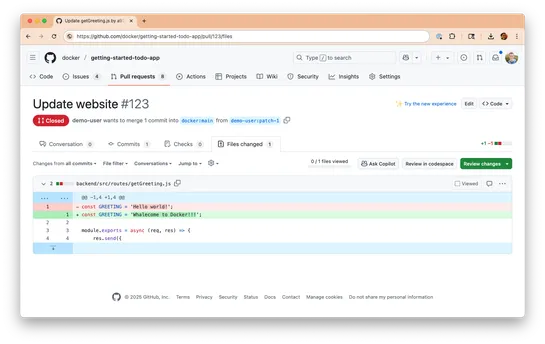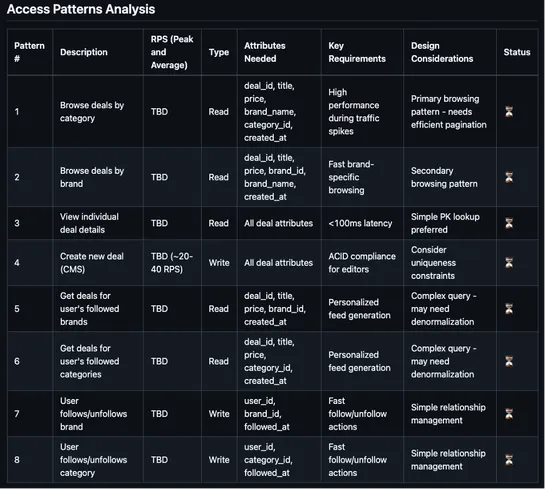MCP Security Issues Threatening AI Infrastructure
Docker just dropped theMCP ToolkitandMCP Gateway, tightening up the Model Context Protocol with serious armor. We're talking six major server-side holes patched—OAuth RCE, command injection, leaked creds—plugged. How? With container-wrapped isolation, real-time network filters, first-class OAuth ha..









